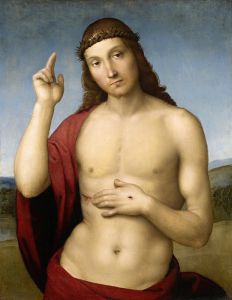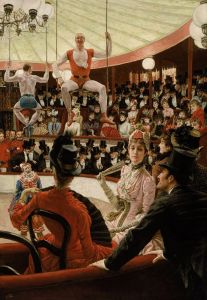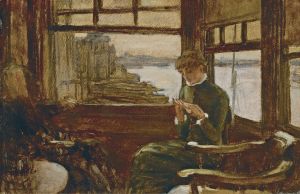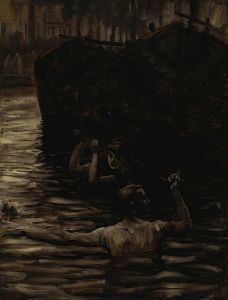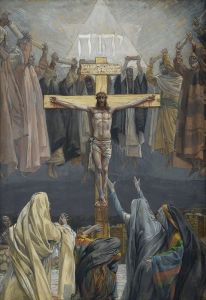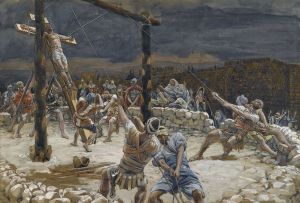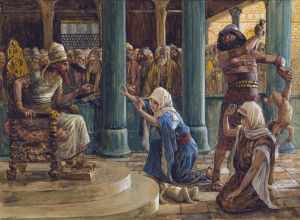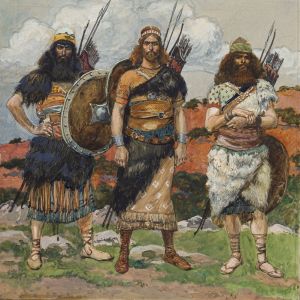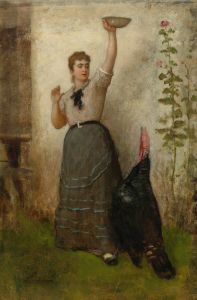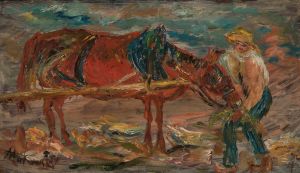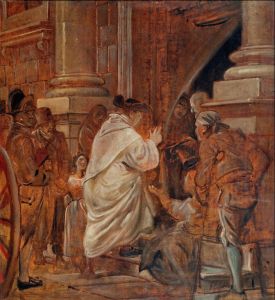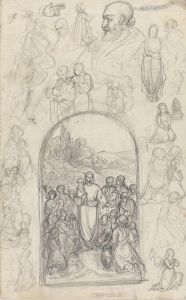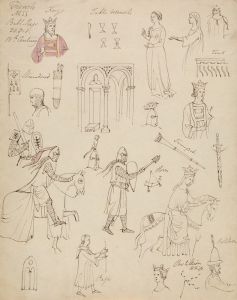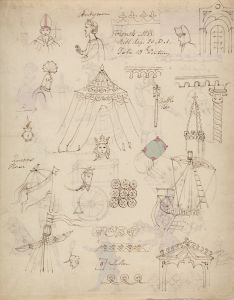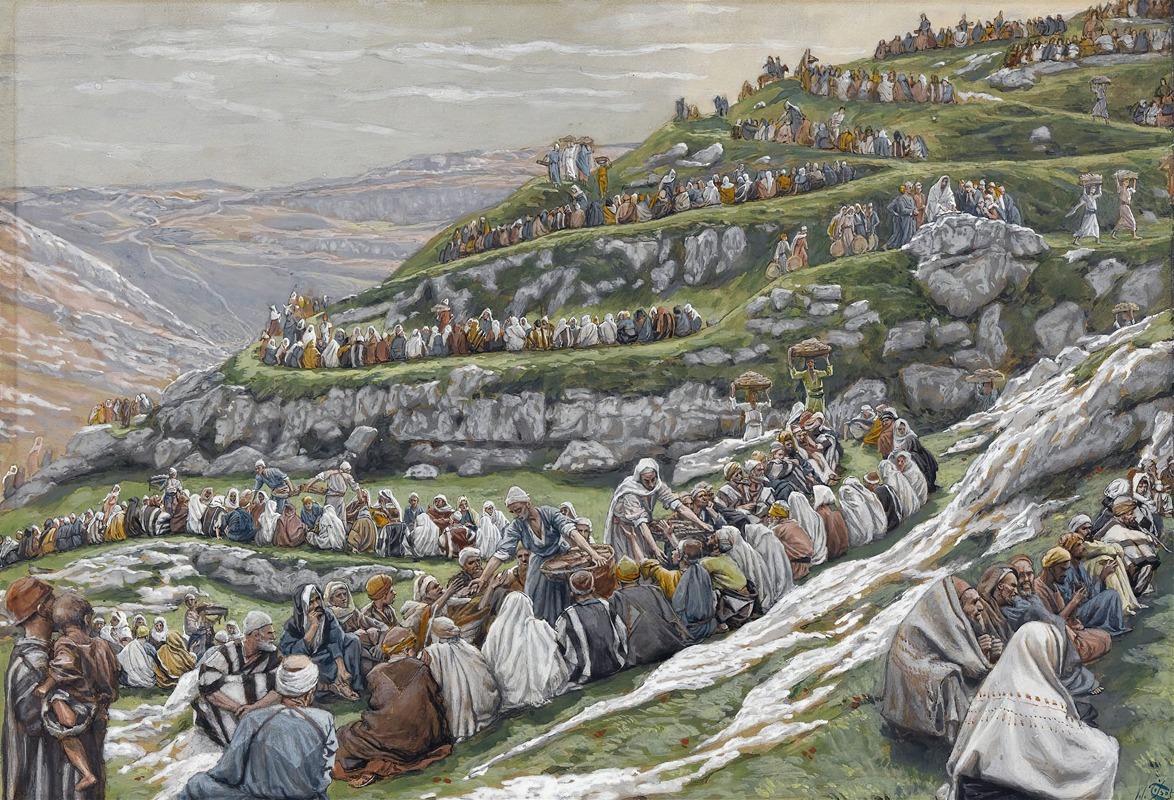
The Miracle of the Loaves and Fishes
A hand-painted replica of James Tissot’s masterpiece The Miracle of the Loaves and Fishes, meticulously crafted by professional artists to capture the true essence of the original. Each piece is created with museum-quality canvas and rare mineral pigments, carefully painted by experienced artists with delicate brushstrokes and rich, layered colors to perfectly recreate the texture of the original artwork. Unlike machine-printed reproductions, this hand-painted version brings the painting to life, infused with the artist’s emotions and skill in every stroke. Whether for personal collection or home decoration, it instantly elevates the artistic atmosphere of any space.
"The Miracle of the Loaves and Fishes" is a painting by the French artist James Tissot, created in the late 19th century. Tissot, born Jacques Joseph Tissot in 1836, was known for his detailed and realistic style, which he applied to both secular and religious subjects. After a successful career in Paris and London, Tissot experienced a profound religious conversion in the 1880s, which led him to focus on biblical themes for the remainder of his life.
This painting is part of Tissot's ambitious series titled "The Life of Christ," which he worked on from 1886 to 1894. The series consists of over 350 watercolor illustrations depicting various events from the New Testament. Tissot traveled to the Middle East to study the landscapes, architecture, and people, aiming to bring authenticity and historical accuracy to his work. His dedication to detail is evident in the intricate costumes and settings that reflect the historical period of the biblical narratives.
"The Miracle of the Loaves and Fishes" illustrates one of the miracles attributed to Jesus Christ, as described in the Gospels of the New Testament. According to the accounts, Jesus fed a large crowd of 5,000 men, not including women and children, with only five loaves of bread and two fish. This event is significant in Christian theology as it demonstrates Jesus' compassion and divine power.
In Tissot's depiction, the scene is set in a vast, open landscape with a multitude of people gathered around Jesus. The composition is carefully arranged to draw the viewer's eye towards the central figure of Jesus, who is depicted in a serene and composed manner. The crowd is shown in various states of anticipation and gratitude, capturing the emotional impact of the miracle. Tissot's use of light and color enhances the spiritual atmosphere of the scene, with soft, natural tones that convey a sense of peace and reverence.
Tissot's work on "The Life of Christ" series, including "The Miracle of the Loaves and Fishes," was well-received for its meticulous attention to detail and its ability to bring biblical stories to life with vivid realism. The series was exhibited in Paris and London, attracting large audiences and critical acclaim. Today, Tissot's illustrations are housed in various collections, with many of them, including "The Miracle of the Loaves and Fishes," held at the Brooklyn Museum in New York.
James Tissot's contribution to religious art is notable for its blend of artistic skill and historical research, providing a unique visual interpretation of biblical events. His work continues to be appreciated for its ability to engage viewers with its narrative clarity and emotional depth.





